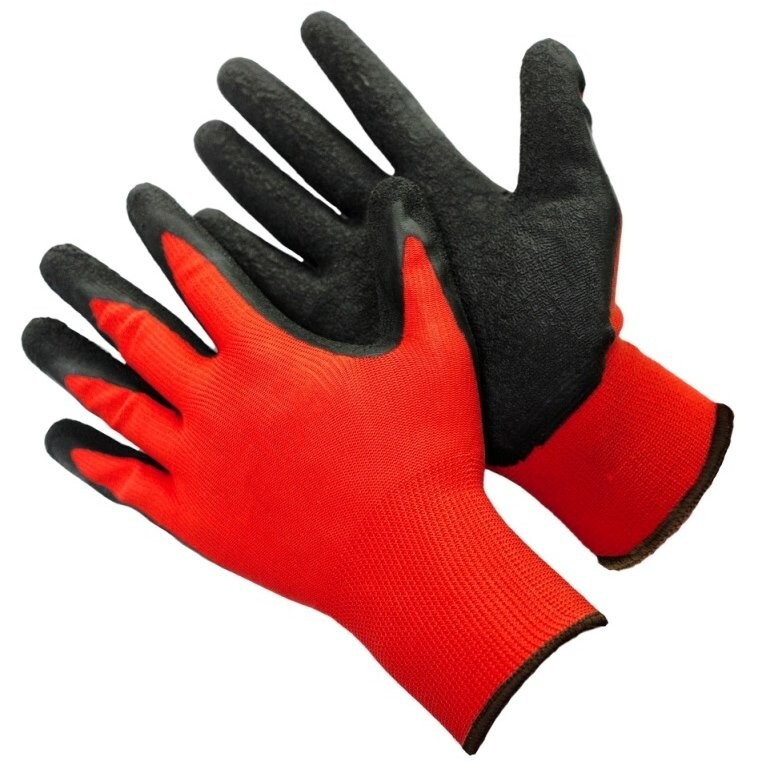
The most important thing to do when looking for the right pair of winter gloves is to choose the right size for your hands. You don’t want too small or too large because either one will cause discomfort and make it difficult to use your fingers properly.
If you’re going to be skiing, snowboarding, or walking through deep snow while wearing your gloves, then pick a material that will keep you warm but not make it so hot that you get sweaty palm syndrome (yes, this is a real condition). The best materials are wool and fleece because they retain moisture well without making the palms sweat!
When choosing style and colour, it’s best just find something that makes you feel like an awesome person every time they catch sight of them on your hands 🙂
1. Choosing Gloves or Mittens
When it comes to warmth and protection in the winter months, there are three main things you can do: buy a pair of winter gloves or mittens, wear two pairs of regular gloves (one over the other), or don’t cover your hands at all. The first option is obviously more expensive but allows for added flexibility in movement and dexterity for performing tasks that require fine motor control.
However, if you’re going to be doing heavy-duty work like chopping wood or shovelling snow, this option isn’t ideal because it limits how much force your fingers can exert on an object without losing their grip entirely.
2. Waterproof/Windproof
The importance of waterproof/windproof gloves cannot be stressed enough. These crucial features will keep your hands dry and warm. It’s important to remember that waterproof gloves are not necessarily windproof, and vice versa.
To get the best results from your winter gear, make sure the pair you buy is suited for the conditions in which you will be spending time outdoors.
3. Amount of Warmth Needed
There are many different types of gloves for many different purposes. It’s important to choose the right type of glove for your needs, but also how much warmth you need depends on the weather, temperature, activity and length of time you will be outside.
The amount of warmth needed is extremely personal based on how active you’ll be during your outdoor activity and how long it lasts.
4. Dexterity
Snow gloves are an essential part of winter gear, but they can be a little tricky to buy. To make sure you get the right pair for your needs, there are a few things to consider:
1. Fit
2. Warmth
3. Dexterity
5. Style and Color
So you’ve got the gloves. Now, which colour should you choose?
Choose a style that suits you: Most winter glove styles are pretty similar to each other, with the exception of mittens (which are great for snowboarding or skiing but not so much for driving). To find what works best for you, it may be helpful to try on different pairs at a store and see how they feel. Some people prefer thinner gloves that allow more dexterity, while others prefer thicker ones for warmth.
Choose a colour that suits the rest of your outfit: If there is one thing I learned from my last semester’s fashion class, it’s that matching colours matters! Matching colours can create harmony in an outfit and create an overall look that looks good together instead of just thrown together haphazardly, as one might suspect when looking at some outfits online. Make sure any outerwear matches with other clothing items like hats or scarves too! You don’t want anyone thinking, “What was she smoking?” when they look at how mismatched everything looks on your body (or worse yet—your face). When choosing winter gear colours, consider whether or not these would work well with some natural accents such as browns/blacks/whites etc.–these often work well because they’re neutral shades which means their appearance will depend heavily upon lighting conditions (i.e., bright sunlight vs dim office light sources).
6. Material
Leather gloves: These are made with real leather and provide great warmth and comfort. They also come in a variety of colours, designs, and styles to suit your needs.
Wool gloves: This material is made from wool fibres that are woven together to create the glove. It provides excellent insulation for your hands during cold weather but can be bulky at times as well as itchy on some people’s skin.
Polyester gloves: These gloves are manufactured using synthetic fibres to make them more durable than other materials such as cotton or acrylic because this type of fabric is less prone to tearing or getting damaged easily when exposed to water or moisture like raindrops falling from trees during winter months when temperatures drop below zero degrees Celsius).
Polyurethane (PU) fabric: PU offers excellent protection against snow in addition to being breathable, so it doesn’t trap moisture inside, which causes sweating within minutes after wearing these types too; however, they tend not to last long due to their thin construction which means they won’t last as long compared with other types available today!

7. Purchase Gloves in the Right Size
Measure the width of your hand – use a measuring tape and wrap it around your hand, just below the knuckles.
Measure the length of your hand – use a measuring tape and wrap it around the widest part of your palm.
Measure the length of your fingers – again, using a measuring tape, wrap it around each finger from its base where it meets the palm to its tip, including any fingernail growth. If you’re not sure what “base” means in this context, check out our article on measuring ring sizes for more explanation!
Measure the length of your thumb – again, using a measuring tape and wrapping it around just below where you would expect to see a knuckle if there were one (on most people, that’s right where they bend).
Conclusion
We’re hoping that you learned a lot from this article, and we want you to get out there and enjoy the cold weather! With these seven tips in mind, we are sure that you will be able to find the perfect pair of gloves for your needs. Remember to think about what activities you plan on doing and what materials work best in those situations because not all gloves are created equal.



